Thrilling, memorable Bruckner, and a scary moment from Haitink, CSO
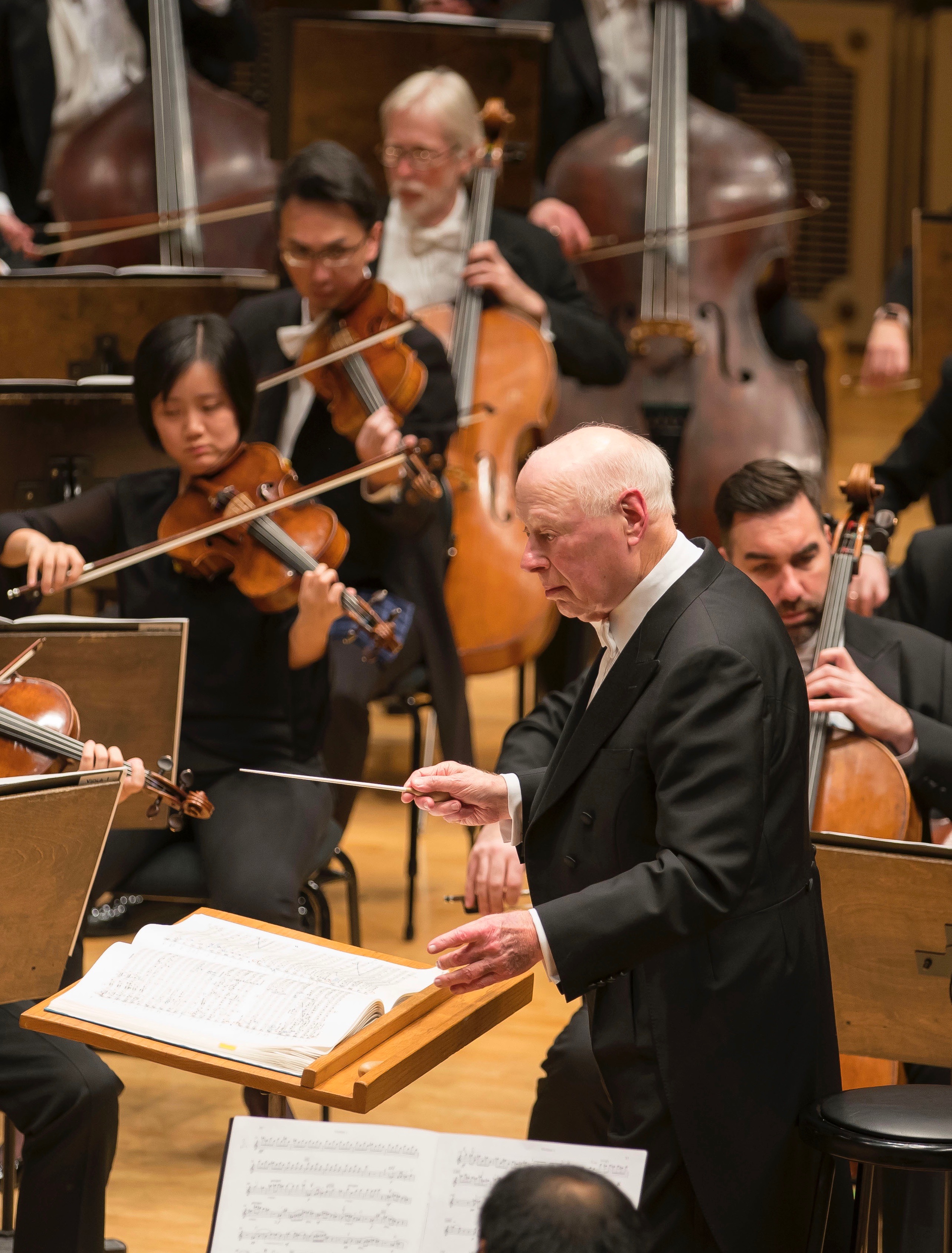
Moments after the triumphant final bars of Bruckner’s Sixth Symphony, performed by the Chicago Symphony Orchestra Thursday night, came one of those scary, dreaded public moments.
Acknowledging the waves of applause, Bernard Haitink stepped off the podium and seemed to waver and lose his balance. Violinist Sylvia Kim Kilcullen reached out in an attempt to steady him, but the 89-year-old conductor stumbled backward and fell onto the stage.
The applause and cheers abruptly changed to a hushed, concerned silence. Two CSO employees quickly came out on stage and— after a minute that seemed like an eternity—helped Haitink to his feet and offstage, as he was heartily applauded by the audience.
The Dutch conductor soon came back out for two curtain calls and even more greater ovations, walking to the front of the stage unaided and waving his cane in the air in a kind of “I’m fine” gesture. A CSO spokeswoman said Thursday night that Haitink was uninjured and in good spirits, and will conduct his remaining CSO performances.
That’s good news for him and good news for Chicago audiences. For the evening’s performance of Bruckner’s Symphony No. 6 provided one of the most majestic and thrilling performances not only of this year but of recent years. There are just two repeats and—with Haitink going on a sabbatical after this season—this is not a collaboration to miss.
The unfortunate post-concert fall apart, one was struck throughout the evening by how hale and in command the conductor appeared for a man who will turn 90 in March. He walked out energetically and conducted the first half of the concert standing up. A high stool was placed on the podium at intermission, yet Haitink only sat down occasionally, standing for most of the long Bruckner performance and leading the orchestra with customary vigor and concentration.
The CSO’s former principal conductor played a crucial role in the orchestra’s recent history, keeping artistic standards high in the years between the departure of Daniel Barenboim (who returns to lead the CSO next week) and the coming of Riccardo Muti.
In Haitink’s first CSO stand since 2016, one was struck by the remarkable dynamism and youthful vitality of this Bruckner performance— nearly as much as the profound insight and seamless architectural command Haitink brought to bear in repertoire in which he has been one of the world’s supreme exponents for over 65 years.
At just under an hour in length, Bruckner’s Sixth is a relative bagatelle among the Austrian composer’s expansive works in the genre. Yet it is fully characteristic and among his finest symphonies—not only for its tauter structure and concision but for offering some of Bruckner’s most indelible lyrical inspirations amid the rustic rhythms and thundering brass chorales. A fleeting melodic kernel in the opening bars of the Adagio surely provided source material mined by Leonard Bernstein for “Somewhere” from West Side Story.
From the violins’ “morse code” motif that opens the symphony to the triumphant coda of the finale, the performance unfolded as a uniquely compelling journey from start to finish. Haitink’s fleet tempos stood out, consistently keeping the first movement on the move, as well as by the thrusting power and weighty robustness of the massive chords.
In contrast to the string-dominated textures that dominate at Orchestra Hall these days, Haitink’s balances favored an eruptive, brassy edge that lent a raspy, exciting bite to Bruckner’s tuttis. After a somewhat lackluster outing last week, the musicians played as if unleashed Thursday night, putting across the music with a sense of unbridled urgency, and bringing a gutsy heft and unapologetic sonic impact to the climaxes.
Yet Haitink also underlined the arching lyricism of the score, with the rich-toned strings scoring impressively in the long-limbed Adagio. Time and again, his finely detailed yet unpedantic balancing brought out key contrasts, as with the glowering bassoons in the slow movement or the delightful clarinet-oboe conversation (nicely turned by Stephen Williamson and William Welter). The Scherzo went with ample Alpine swagger, with a nicely regal touch to the horn fanfares of the trio section.
No living conductor is more masterful at directing the challenging ebb and flow of Bruckner’s music than Haitink. In the final movement, he led a performance of striking, even audacious flexibility, freely slowing down lyrical sections to linger over their expressive essence and ratcheting up the brass a half-step higher with each repetition. In the closing section, Haitink drew Bruckner’s disparate themes together with a sense of hard-won inevitability, culminating in an intense and thunderous peroration that felt well-earned and completely unbombastic.
The CSO delivered some of their finest playing of the year not least the winds and the entire brass section. David Cooper, principal of the Dallas Symphony Orchestra, made an impressive showing in a prominent role this week as guest principal horn.
Let us hope that this memorable Bruckner performance is preserved and released on the CSO’s seemingly moribund Resound label.
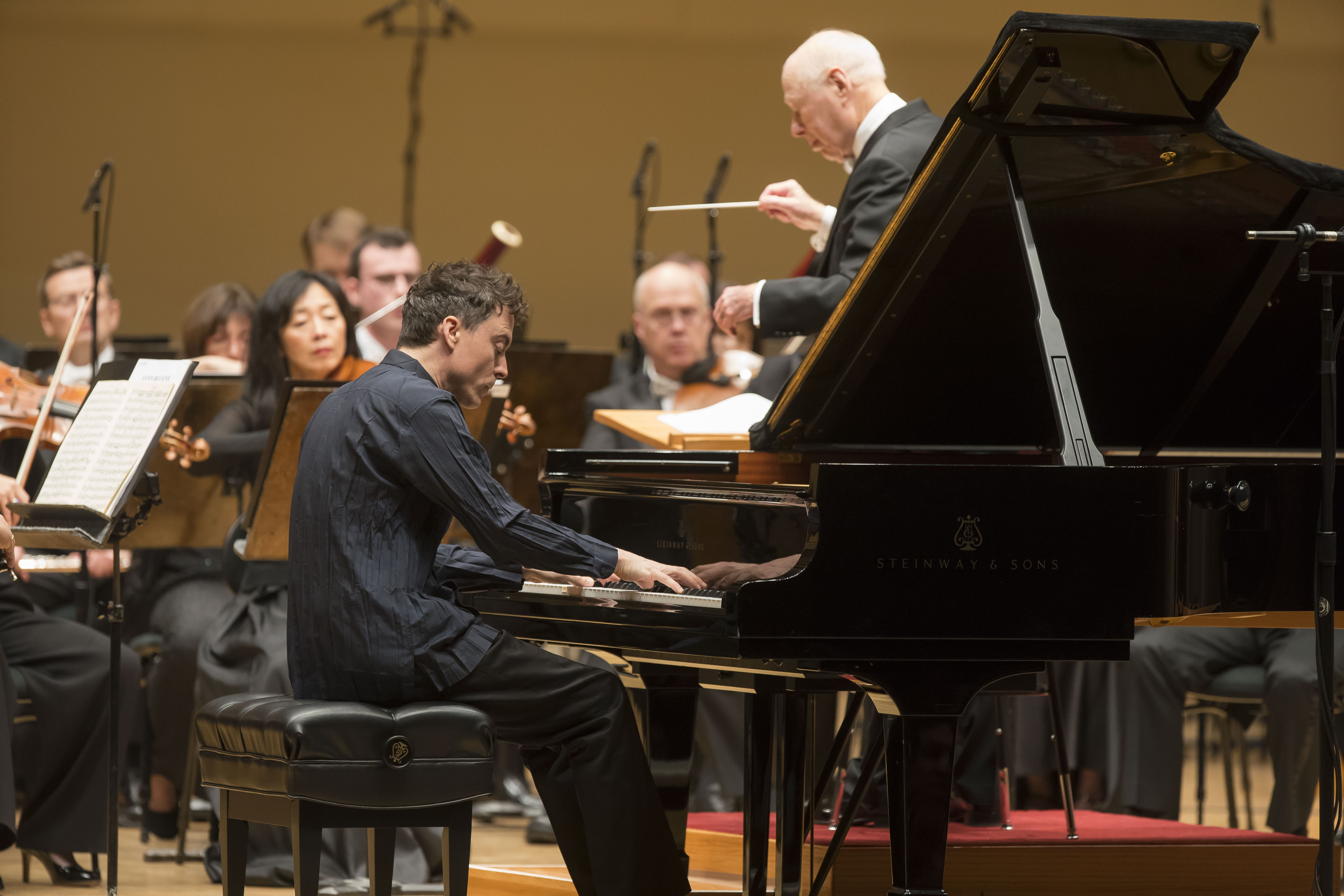
Music of Beethoven made up the first half with the Piano Concerto No. 2, performed by Paul Lewis.
Though the second to be published, the Concerto in B flat major was Beethoven’s first concerto for the piano. His Op. 19 remains a deceptively tricky work to pull off—the music still imbued with Classical restraint while the young Beethoven still serving his quirky curve balls and galumphing energy’ albeit in nascent form.
Lewis ideally balanced those qualities with a gracious ease in his performance, which made this familiar work emerge uncommonly fresh Thursday night. The soloist brought a supple touch to the opening movement, with a nice mix of light bravura and charm that felt ideal for this score. Taking a flowing tempo in the Adagio, Lewis keep undue sentiment at bay, yet his natural, poised expression floated the main theme with simple lyric grace (undistracted by some jarring unmuffled coughs) and limpid delicacy in the closing section. The off-the-beat accents of the Rondo finale went with a playful elan that was all the more delightful for its understated touch.
From the incisive opening statement to the lilting final bars, Haitink and the orchestra were most simpatico partners for their soloist. The conductor’s firmly projected accompaniment had an incisive thrust and no-nonsense quality that made a fine foil for Lewis’s solo playing.
The program will be repeated 8 p.m. Saturday and 7:30 p.m. Tuesday. cso.org; 312-294-3000.
Posted in Performances
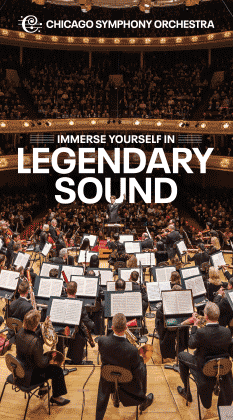


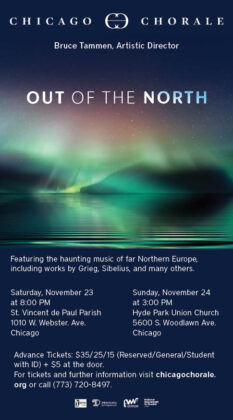
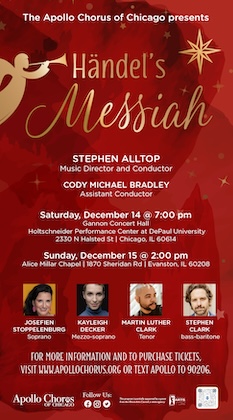
Posted Oct 26, 2018 at 7:48 pm by Peter Borich
Moribund CSO Resound Label…you said it….back to one release every three
years apparently